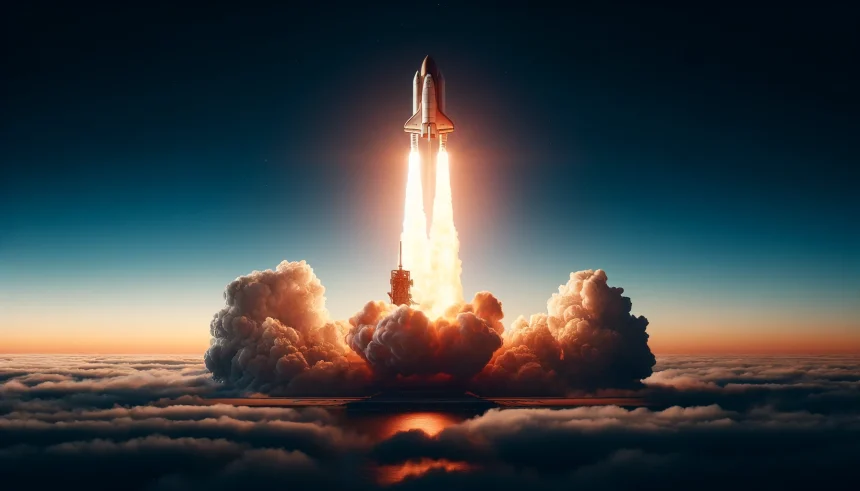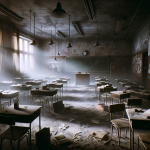The James Webb Space Telescope (JWST) has provided astronomers with a rare opportunity to observe two ancient galaxies at a pivotal point in their evolution. These galaxies, seen as they were seven billion years ago, are just beginning to interact, offering valuable insights into star formation processes during the Universe’s Cosmic Noon. The unique alignment with the gravitational lens MACS-J0417.5-1154 has allowed for an unprecedented view of these galaxies, which appear as a smeared arc of light due to the lensing effect.
Previously, astronomers using different telescopes, including Hubble, had observed these galaxies but lacked the clarity and depth that JWST’s infrared capabilities provide. This new perspective has revealed intricate details of their structures and star-forming regions, which were previously obscured by cosmic dust. The study highlights how star formation rates (SFRs) vary across different regions of the galaxies and how these rates have evolved over time.
Gravitational Lens Reveals Hidden Structures
The research team utilized the hyperbolic umbilic gravitational lens, an extremely rare lensing configuration, to magnify and multiply the images of the galaxy pair. This lens not only magnifies the distant galaxies but also warps their appearance, producing multiple copies with varied magnifications and brightness levels. Astronomer Guillaume Desprez of Saint Mary’s University noted the significance of this discovery:
“We know of only three or four occurrences of similar gravitational lens configurations in the observable universe, which makes this find exciting, as it demonstrates the power of Webb and suggests maybe now we will find more of these.”
The galaxies, dubbed the Question Mark Galaxy Pair, consist of a blue, face-on galaxy and a dusty red, edge-on galaxy. The new observations have revealed that the SFR decreases with increasing distance from the galactic centers and has surged by a factor of 1.6 over the past 100 million years, indicating the beginning of their merger.
Star Formation Insights
The researchers broke down the Question Mark Pair into segments to understand the star formation rates better. They identified 20 star-forming clumps, with varying phases such as bursty, quenching, and equilibrium. This segmentation has provided a clearer picture of the star formation activities within the galaxies. Astronomer Vicente Estrada-Carpenter explained:
“Knowing when, where, and how star formation occurs within galaxies is crucial to understanding how galaxies have evolved over the history of the universe.”
The team used both H-alpha emission line maps and UV observations to probe SFRs on different timescales. This dual approach has allowed them to spatially resolve the star formation burstiness and gain insights into the galaxies’ evolutionary stages.
Comparative Observations and Future Research
The current findings build upon previous observations by the Hubble Space Telescope, which lacked the infrared capabilities of the JWST. Unlike Hubble, which only captured light trapped in cosmic dust, JWST’s infrared vision penetrates the dust, revealing hidden structures and star-forming regions. This advancement demonstrates the enhanced capabilities of JWST in studying distant cosmic events and offers a deeper understanding of star formation during the Universe’s peak period.
The JWST’s observations of the Question Mark Galaxy Pair provide a glimpse into what our own Milky Way galaxy might have looked like during its formative years. As these galaxies continue to interact and eventually merge, they will offer further insights into galaxy evolution and the role of star formation in shaping the Universe. These results underscore the JWST’s potential in revolutionizing our understanding of distant galaxies and their development over cosmic time.










